To find the right clothes for children
10 cm? Children grow up so quickly ler So your child is both comfortable and freedom of movement is not restricted to him to get new clothes often. Your child's age alone is not a sufficient criterion to find the right outfit. You can find the appropriate outfit just by taking the measurements correctly. We show you how to do this with our body measurements guide.
Get the body measurements correctly - textile companies and big wholesale baby and kid clothes models and wholesale prices.
new season spring, autumn and winter or summer models It's easy to take measurements: Your child should be standing still, upright and barefoot as far as possible. Get the measure across your child's body from head to toe with tape measure. Always keep the measuring tape close to your child's body. The length you measure gives the clothing size in centimeters. You do not need to convert this measure to another unit. If the measure remains between two clothing sizes, you can round the measurement. Even though the outfit comes a little too big for your child, it will grow fast and come on in a short time. new season products.
TEXTILE AND APPAREL 4/2006 279
BASIC DIMENSIONS IN BABY CLOTHES
DEVELOPING THE MEASURING TABLE
STATISTICAL MODEL
1. INTRODUCTION 2024
Measure chart development method, target
anthropometric body measurements of the mass
according to the production purpose of the garment
homogenous grouping.
Clothing from the effects of nature
body covering and body for protection
garments
all (4). People 's own clothes
The clothing of their children is also very important.
Especially for babies
Parents are 100% responsible. Clothing
comfort in addition to external appearance
is also of great importance.
Children 0-12 months
infants.
Between 0-24 months
not be able to express their requests and complaints
due to the comfort of clothing
express
they have no chance. In research
Clothing; baby's growth,
important on development and psychology
effects are observed. Comfortable,
clean and tastefully dressed
self-confidence increases,
he becomes happier and more joyful (1).
Beside the clothing model and comfort
the mold of the garment is of great importance.
Pattern dimensions to the child's body
physically discomfort
should not.
Different geographies in international markets
region, genetic trait, ethnic and cultural
body size
cause a mess
It is. Therefore, the majority of consumers,
size
they do not buy clothes without trying.
Yet in the shopping center
very difficult to control
and it is unhealthy. Babies,
chance of trial before buying clothes
They do not. Therefore families, baby
280 TEXTILE & APPAREL 4/2006
Wear your clothes or buy according to your paint
Receive. This situation,
baby clothes more attentive
Detecting, ergonomic and
Use of garments
requires design. This
Depending on many designers, dolls
clothes on adults' clothes
in terms of designing more carefully
they have reached consensus. because of
firm and country basis
Some restrictions as standards are developed
was also introduced. All made
The purpose of the studies is more healthy and
to produce safe baby clothes.
Knitting baby clothings
or made of flexible fabrics
due to transverse dimensions too much
there is no problem. Generally
collar play, arm house, shoulder-to-network,
There are problems in critical areas such as height.
Consumer in other product groups
as well as enough about it
is effective and can not announce his voice.
This is a set of patterns
continue to use problems.
With this study,
the necessary criteria for production,
Basic taken from babies
required for production with the help of dimensions
calculation of other auxiliary measures
and method for standardization of measurements
is intended to be developed.
2. CONCEPTUAL FRAMEWORK
Joint locations in the body
Static and dynamic of baby body
apparel
incompatibility with the baby's body
it is natural to show. So clothes
From the geometry of the body to the preparation of patterns
must be approached
(6).
The freedom of movement with body clothing
To have the baby body
know well, stationary body
to measure the size and motion areas
well know. that
A brief knowledge of the joints for
We think it will be injured. Joint, two
or the connection between more bones,
that is the point of touch. Joints,
classified according to their movements
divided into three (7):
1- Non-playing joints
2- Semi-playing joints
3- Full playing joints
Joints that concern designers
third group
These joints are the joints of the human body
position changes of various parts
it allows.
Body in Baby Clothes
numbers
Measurement system, baby's growth patterns
if he had followed
as far as the manufacturer can not cope
there was a mixed situation. Therefore
A number of systems have been developed in mass production.
Ideally, a size measure
system, 6 cm for each body
It consists of height increases (9).
Baby clothes suitable as garments
the way of production, according to adults
it is more difficult. This is because of infancy
period of growth is fast.
Height in growth, more than other dimensions
Measure because it is a fast increasing size
system is based on aspect. Same
the weight should also enter the equation.
Because of the basic width dimensions
length and weight combined with the calculation
Theoretically it is possible.
Baby and children wear,
the parents of their parents
they often do not remember their height and weight,
just ages
they have revealed what they know.
But the age of the child, its size
is not an indicator. Of course
age is related to height, but these two dimensions
wide variations between
(9).
Children's clothing in the garment industry
their size more than their height
grouped by movement. For example;
86
86 cm
is required. Children between 0-2 years
average lengths of length 48
between 92 cm and body circles
It ranges between 40-52 cm.
Newborn baby size in normal time
since the average is 50 cm; new
born body is 50. Normal
at least
Usually for the first three months
Buy 56 size first clothes
It is taken. 0-2 years
The relationship between height and body is shown in Table 1.
(10).
Table 1. The relationship between age and height in infants
According to body numbering system
Age
Newborn
0-3 Months
for 3 months
6 month old
9 Months
12 Months
18 Months
24 Months
50
56
62
68
74
80
86
92
3. MATERIALS AND METHODS
3.1. MATERIEL
Babies
In this study, 0-2 age group
which are located in and around Izmir
measurements were taken. 0-2 Years
gender, effect on measures
gender was not taken into account.
Measuring Tools
Measuring table and bar: vertical
A handle that can move in the direction
rated, millimeter-rated
it is a vertical ruler. Baby
This tabla and
swivel
It is used. In this research
rated in millimeters
a horizontal ruler was used.
Tape measure: More transverse measurements
taken with tape measure. Neck and wrist
circumference measurements, sewn
taken with the help of a fabric.
Especially small babies like newborn
sensitive skins and mothers' concerns
Due to most sizes of this fabric
strip Measurement
during babies' jerseys and
TEXTILE and CONFECTION 4/2006 281
s were not removed. 0-2 Age group
when babies wear clothed clothes
in diapers with measurements
It was obtained. Length in units of cm
used.
Head circumference: Head circumference measurement
special, ring-shaped
used tape measure.
Ruler: Not showing dimensional change,
approx. 30 mm wide and millimeter
rated as
tool (11).
CAD Systems
Basic measurements are completed
drawing of selected clothing models
The necessary auxiliary measurements were calculated.
Using these measures
splash values between sizes
on Assyst CAD System
All bodies from 56 to 86
molds were obtained by laying.
Fabrics and Accessories
Obtained molds on babies
for making mold controls
the selected clothing models were sewn.
For sewing trousers and overalls
The velvet fabric of 272 gr / m² was used.
For planting flannel and bodys
239 g / m² interlock fabric was used.
Abundance shares given to the basic mold,
these fabrics are adjusted to.
100% PES yarn was used as sewing thread.
Overalls, undershirt and bodynin
Metal snap fasteners were used in the closures.
Ribbon on the waist of the pants
tires are used. Your clothes here
controls of sewing patterns
Functional accessories for targeted
except accessories are not used.
Clothes Cutting and Sewing
Used Machines
One of the selected models is planted
classic hand
It is made. All of the clothes
chain
sewing machines were used. These; 3
thread overlock sewing machine and resin.
Special snap fasteners for pressing studs
pressing tool used.
Garment Types
Most of the babies as the type of clothes
t-shirts (undershirt)
The overalls were identified. As a model
Ergonomic, comfortable to use and comfortable
ones were preferred. Selected models
specifications and technical drawings
seen below:
Model 1: Short sleeves and snaps from the left shoulder
flannel
Model 2: Sleeveless and shoulder-toe
overalls
3.2 METHOD
Taking Infants
Measurements, normal and healthy looking
taken from children. Received
measures are evaluated according to percentile graphics
lower and upper boundaries
the remaining dimensions were ignored.
Information and measurement from babies
places are as follows.
1. Age of the baby: From the date of birth
to consider the last month
It was obtained.
2. All size: Baby on a flat background
deposited
smooth
surface is overlaid. Baby's Head
overhead
The distance is measured.
One Tape Measure or Board
ruler
moving to the feet of the baby
There is a section. Baby
head tightly to the fixed end of the table
a second person
moving part of the table with the help of
foot
height adjustment.
Figure 1. Height measurement in supine position
3. Head height: Baby, flat floor
lay
floor
smooth surface.
The baby's jaw ends with
the distance between the peak of the head,
head height.
4. Under-head-to-head distance: Baby,
laid on a flat background
Head side to floor will make right angle
smooth surface.
A long ruler of the baby
placed under the seat and
between the ruler and the peak of the head
distance, the head of the head of the gold
distance from the point.
5. Head top distance from the net: Baby,
flat head on a flat background
side to the right angle with the floor
smooth surface.
A long ruler of the baby's network
section. With Ruler
the distance between the peak of the head,
head
distance.
282 TEXTILE & APPAREL 4/2006
6. Distance from shoulder to network:
From the midpoint of the shoulder to the net
distance to midpoint
was measured by measuring tape.
7. Back middle arm length: the neck of the baby
from the center of the back to the wrist
This measure is up to, with tape measure
It was obtained. Body during measurement
will make the angle of about 45 degrees
retained
8. Waist distance from the middle of the back neck:
Tape measure, placed in the center of the back of the neck
distance to bele
(up to the belly level).
9. Head circumference: Head circumference inflexible
measured with a special tape measure.
Tape measure, the most protruding of the head at the back
through
wrapped around the head.
Figure 2. Head circumference measurement
10.Place circumference: Not flexible,
sewn
Fabric wrapping around the neck
It marked. Then fabric
the marked distance on the strip,
measured on the ruler.
11. Breast circumference: Tape measure, most of the chest
The measurement is taken instead of wide.
12.Spring around the wrist: Tape measure, wrist
wrapped around it.
13.Foot circumference: Tape measure, foot
wrapped around the wrist was measured.
14. Around the circumference: Tape measure, around the thigh
wrapped measurement was taken.
Figure of measurement on infants.
3. It is seen.
Based on measurements taken
drawing patterns of models
the auxiliary measurements were calculated.
All necessary measurements are obtained
then basic molds were studied.
Model patterns as physical and health
Easy to use, ergonomic
molds were tried to be obtained.
Molds obtained during this work
set models sewing babies
is incorrect
places seen and corrected
It was tested. This application is targeted
repeating until the mold is obtained.
Shares given to model patterns,
in accordance with the fabrics to be sewn
It has been identified. Master of model patterns
splash
values of other bodies with the help of
The molds are laid out.
Sample Size
Approx. 180 measurements
It was obtained. In the 0-2 age group,
56, 62, considering the height
6 different, 68, 74, 80 and 86
There is a body number. This
therefore, at least
13 measurements were taken from 30 children.
As a unit of length for measurements
cm. Taking measurements
number required, expert in statistics
determined according to the proposal of the people.
Thus, the measurements taken,
from the statistical point of view.
Infants and children in the 0-24 month group,
clothes are attached to diapers underneath
gauze
was received.
4. RESULTS
The data are evaluated statistically
measures taken to be interpreted,
According to 95% confidence interval,
standard deviations, variances,
upper limit values and arithmetic mean
It was calculated. Measurements taken
pre-determined with the help of 2
drawing of different model (t-shirt and overalls)
the necessary auxiliary measurements with formulas
were obtained.
Table 2 directly from infants
95% confidence interval of the measurements taken
According to the standard deviation values
Seen.
Table 3 directly from infants
95% confidence interval of the measurements taken
According to the variance values are observed.
Table 4 directly from infants
95% confidence interval of the measurements taken
The upper and lower limit values are shown.
Table 5 directly from babies
95% confidence interval of the measurements taken
According to arithmetic mean values
Seen.
Figure 3. Measurement locations on the baby
TEXTILE AND APPAREL 4/2006 283
Table 2. Standard deviation values based on 95% confidence interval of baseline measurements taken from infants
1. Age (Month) 0-3 Months 4-6 Months 7-9 Months 10-12 Months 13-18 Months 19-24 Months
2. All size A 5,40 4,65 3,55 5,03 5,22 3,00
3. Head height B 1,17 0,94 0,71 0,66 0,63 0,55
4. Head top distance from under the seat C 1,81 1,50 1,12 1,22 1,29 0,89
5. Head top distance from the net D 3,60 3,39 2,30 3,66 2,60 2,28
6. Distance from web to shoulder E 3,45 2,87 2,57 3,34 2,56 3,45
7. Rear center arm length F 1,87 1,41 1,71 1,61 2,69 1,94
8. Head circumference G 2,13 1,14 1,39 1,54 1,65 1,73
9. Neck circumference H 1.45 1.44 1.33 1.80 1.07 2.10
10. Chest circumference I 2,86 3,32 4,50 2,23 3,48 2,73
11. Arm wrist circumference J 0,97 0,54 0,60 0,46 0,62 0,70
12. Ankle circumference K 1,34 1,24 1,07 0,82 1,09 1,29
13. Thigh circumference L 3,59 1,63 1,69 1,57 1,73 1,88
14. Waist distance from the middle of the neck M 2,5 1,93 1,51 7,23 2,81 2,70
Table 3. Variance values according to 95% confidence interval of basic measurements taken from infants
1. Age (Month)
0-3 Months 4-6 Months 7-9 Months 10-12 Months 13-18 Months 19-24 Months
2. All size A 29,16 30,50 32,99 67,74 87,16 106,75
3. Head height B 1.37 1.02 0.80 0.90 1.03 1.33
4. Head hill distance from under the seat C 3,28 2,22 1,66 2,63 3,07 3,36
5. Head top distance from the net D 12,93 13,92 12,30 23,23 21,64 28,71
6. Distance from web to shoulder E 11,89 8,46 9,91 15,27 15,16 24,45
7. Rear center arm length F 3,49 2,86 5,75 6,95 12,86 12,71
8. Head circumference G 4,53 3,45 6,49 10,38 11,77 14,91
9. Neck circumference H 2,10 2,77 2,50 5,58 3,62 6,43
10. Chest circumference I 8,20 13,96 22,48 16,28 23,38 23,55
11. Arm wrist circumference J 0,94 0,54 0,71 0,79 1,10 1,24
12. The ankle circumference K 1,81 2,22 2,06 2,38 2,75 4,12
13. Thigh circumference L 12,92 5,02 6,33 9,70 10,20 3,54
14. Waist distance from the center of the neck M 4.1 3,89 3,2 5,23 6,32 6,05
Table 4. Lower and upper limit values of the basic measures taken on the infants according to 95% confidence interval
1. Age 0-3 Months 4-6 Months 7-9 Months 10-12 Months 13-18 Months 19-24 Months
2. Whole size A 54,1-57,7 63,8-67,6 66,7-70,6 70,7-76,2 74,3-80,6 78,7-85,7
3. Head height B 14,1-14,9 15,4-16,1 15,7-16,3 16-16,7 16,3-17 16,8-17,6
4. Head-to-head distance from under the seat C 19-20,2 20,8-21,8 21,6-22,5 22,5-23,6 23-24,1 23,8-25,1
5. Head top distance from the net D 40,2-42,6 45,6-48,1 47,4-49,8 48,5-51,8 50,5-53,7 52,7-56,3
6. Distance from web to shoulder E 34,5-36,9 38,3-40,3 40,6-42,7 41,2-43,9 43,2-45,8 44,6-48
7. Back arm length F 24,3-25,6 28,5-29,7 30-31,6 30,7-32,5 32-34,4 33,3-35,7
8. Head circumference G 36,6-38 41-42,2 42,3-44,1 43,7-45,9 44,4-46,7 45,3-48
9. Neck circumference H 20,9-21,9 23-24,2 23,1-24,1 24,4-26 24,7-26 24,5-26,2
10. Chest circumference I 39,1-41 43,9-46,4 44-47,2 46,8-49,5 47,6-5
0,8 48,9-52,2
11. Wrist circumference J 8,8-9,5 10-10,5 10,2-10,8 10,5-11,1 10,8-11,5 10,9-11,612. The ankle circumference K 10,3-11,2 12,6-13,6 12,8-13,8 13,5-14,5 13,6-14,8 14,3-15,713. Thigh circumference L 17,4-19,9 23-24,5 23,7-25,4 25,3-27,5 25,7-27,9 27,6-29,114. Waist distance from the center of the neck M 23, 5-26 26,4-26,7 27-28,1 28,5-29,2 30-31,1 31,5-33
284 TEXTILE AND APPAREL 4/2006
5. STATISTICAL MODEL PROPOSAL
A- Basic Essential for T-Shirt Drawing
and Auxiliary Measures
Calculation:
I measure directly from infants
is the size of the chest circumference taken. Single
coat, body wraps from flannel
were taken and recorded without any pate.
Half of the chest circumference (I / 2),
chest width. This measure,
it is a measure surrounding the body. A t-shirt
This measure is narrow. Therefore front and
2 cm each
t-shirt
has the desired comfort share.
Deciding whether the ideal measure is
children in kindergarten
It has been tried on.
Healthy and appropriate measurements
having babies preferred.
As a result, the chest width of the t-shirt
Formulated as follows.
Chest width of T-shirt = I / 2 +2
Measure shoulder width in a t-shirt
chest width
it is impossible to think. In every situation
shoulder width, chest width
more narrow. The ideal difference
shoulder
removing t-shirt patterns with widths
planted and end of trials
ideal of 3 cm difference in each body
it was decided. because of
Shoulder width formulated as follows
It was.
Shoulder width = (I / 2 + 2) -3
Shoulder low, fixed in every body
and 1 cm.
T-shirt to find the length of the interior
leg length should also be known.
Internal leg length can be found
all over the head from head to toe
The distance is far removed.
Inner leg length = A - D
T-shirt length, all height from head to head
and internal leg length was found.
T-shirt size = A - B - Inner leg length
Arm house measurement, arm top
head height
It was found.
Arm House Measurement = C - B
The resulting arm has no
no comfort share. This
therefore ½ before the arm house ¼ and then
finally kadar share up to the size of the arm house
the molds were studied. planting
Comparison between them
the most appropriate share ¾ arm house
measure again
it was finally decided. because of
the following formula was obtained.
T-shirtte sleeve size = sleeve house
Size + (3/4 * Arm house measure)
G, head circumference measure, H neck
measure of circumference. Collar in a t-shirt
to calculate the clearance of the apartment
diameter has been utilized. Collar
should have such a value
That head can easily pass through.
This calculation formula, fabric
According to type; more precisely
depending on the flexibility. Various
t-shirts
the most suitable collar opening
t-shirt developed for the formula
The stages are as follows.
Collar circumference = Circumference of the circle = =
d. T-shirt collar
beautiful
and also some comfort share
should be. Therefore:
2лr = H + Pay should be.
Pay = (G ¾H) * – In this case;
Collar opening = 2r = (H + Pay) / л
It is.
Collar opening = [(H) + (G-H) * [] / л
Front collar reduction measure, collar
aperture Infants
front collar to find the low
half of the collar opening measure 1
cm removed. Thus 0-2 age group
obtain the most ideal t-shirt collar for the game
It was.
Lower front collar = Collar opening / 2a1
T-shirt sleeve length in infants, adults
mid-shoulder with arm elbow as is
in a place. This
Table 5. Average values of the baseline measurements taken from infants according to 95% confidence interval
1. Age (Month) 0-3 Months 4-6 Months 7-9 Months 10-12 Months 13-18 Months 19-24 Months
2. All size A 56 67 69 73 77 82
3. Head height B 15 16 16 16 17 17
4. Head hill distance from under the seat C 20 21 22 23 24 24
5. Head top distance from the net D 41 47 49 50 52 55
6. Distance from web to shoulder E 36 39 42 43 44 46
7. Rear center arm length F 25 29 31 32 33 35
8. Head circumference G 37 42 43 45 46 47
9. Neck circumference H 21 24 24 25 25 25
10. Chest circumference I 40 45 46 48 49 51
11. Circumference of the wrist J 9 10 10,5 11 11 11
12. Ankle circumference K 11 13 13 14 14 15
13. Thigh circumference L 19 24 25 26 27 28
14. Waist distance from the middle of the neck M 16,5 18 18,5 19 20 21
TEXTILE AND APPAREL 4/2006 285
The middle of the back of the neck to find the value
amplitude
before 1/3 is taken and tested
about 1 cm more
It was decided to shorten. sizes
the length of the arm length between
Adjusting the baby's months
growth rate was taken into account.
Sleeve width is found in the arm
0.5 cm from their length.
Sleeve width = Arm length - 0.5
Size of back collar, made of measure,
planting applications have been finally identified
and standard 1.5 cm for each body
the ayes have it.
Table 6 for t-shirt drawing obtained
measurements are observed.
T-shirt drawn with the measurements in Table 6
pattern
Figure 4 shows.
B- Basic Essential for Drawings
and Auxiliary Measures
Calculation:
In the drawing of overalls patterns transverse
dimensions, model and usage
depending on.
In this study; worn on blouse,
booty, sleeveless, shoulder snaps
overalls model has been studied.
In the calculations here, the body and
clothes rates. This
in determining the rates again
important factor is the stretching of the fabric.
To obtain chest width in overalls
body
Width of width of chest width
one in five
chest width measurement.
Chest width =
I / 2 + I / 2 * 1/5 = I / 2 + i / 10 = 6/10
Measure shoulder width
for the body
3cm was removed from the chest width measurement.
Shoulder width in cover = I / 2 - 3 cm
Finding hip width in overalls
for chest width over body
2 cm comfort share
It was. However, this share is
depending on.
On some models, the hip part is quite
are kept wide. So tuluma
more spacious and comfortable air.
But these dimensions are completely
depending on the model.
As can be increased by +2 cm here
wrap
a overalls model can be designed.
Hip width = I / 2 + 2 cm
Measure of collar clearance of the overalls
t-shirt
1 cm was added to the opening. Because
overalls, a garment worn on t-shirts
because of the collar wider
should be.
Collar opening in overalls = T-shirt
collar opening + 1 cm
If the front collar is low for overalls
1 cm was added to the half of the collar opening.
This added denominator again
depending on. Standing
dressing
model for the model
collar reduction measure was found appropriate.
Front collar lowered =
Collar opening in cover / 2 + 1 cm
At the end of trials the overalls collar
Acceptance as fixed and 2 cm
It was.
From the middle to the shoulder in the overalls
measure, taken over the body
the same was taken. To the network
net
has gained comfort.
Finding arm house size in overalls
measure
+ 2 cm was added. This
babies again before reaching the conclusion
Overalls have been tried.
The extra share here is too much
this comfort in the sleeveless arm
share was needed.
Figure 4. T-Shirt Pattern and Layered Figure
Table 6. Size Table for T-Shirt Drawing
56 62 68 74 80 86
Chest width 22 25 25,5 26,5 27 28
Shoulder width 19 22 22,5 23,5 24 25
Shoulder length 26 31 33 34 35 38
Arm house 8,75 8,75 10,5 12,25 12,25 12,25
Collar opening 10 11,5 11,7 12,2 12,4 12,6
Low front collar 4 4,75 4,85 5,1 5,2 5,3
Back collar 1.5 1,5 1,5 1,5 1,5 1,5 1,5
Lever length 7.5 8.5 9.5 10 10.5 10.5
Arm width 7 8 9 9.5 10 10
286 TEXTILE & APPAREL 4/2006
Arm house size = 2 * Arm house
Size + 2 cm
Finding the inner leg length in the overalls
head
the size up to the top.
Inside leg length = A - D
To measure the length of the boot
From 0 to 24 months
the foot lengths they used were taken into consideration.
Bootline width and booties are accepted as equal
and 3.5 cm from the bootline length.
were obtained. In this calculation
baby clothing manufacturers
measurement tables were used.
Boot width = Over boot = Boot length -
3.5 cm
Obtained for the drawing of the overalls in Table 7
measurements are observed.
Covered with the measurements in Table 7
pattern
Figure 5 shows.
6. CONCLUSION
Minimize problems with dimensions
to reduce; baby clothes
to be marketed before the production
target age group and region
should be determined. If the production
available for market
standardized measurements
the characteristics that may represent the audience
required number of children
It should be taken. During the measurement of the persian
considering the values in the graphs
taking; children with normal development
should be selected. Obtained at the end of the measurement
measurement by means of average values
uncompleted body parts
measure values to be developed formulas
It must be calculated.
Clothing model, fabric, accessories
and production techniques
by adding or decreasing these measures,
production dimensions and molds should be developed.
So the body of children
ergonomic to fit the structure,
healthy, comfortable and safe clothing
patterns available
It will be. So children try
body
clothing production
It can be carried out.
Comparing the sizes of various companies,
even a measure of the same model
differences were observed.
There are various reasons for these differences.
the most important reason together, so far
systematic on babies until
measurement and data
According to the baby basic and auxiliary measures
creation work yet
this is not done. Hence each
the company prepares specific patterns of clothing
experimented on small groups.
Very few children on
rehearsals performed
emergence and different measure of each firm
has led to the development of tables.
Tolerances in dimensions, in general
it should correspond to a difference of half size.
However, the
should be considered.
Measuring points connected to each other
(eg; side and inner length or waist and
deviation of the width width ratio)
it should be just in one direction. So;
or (-) measure deviation, or (-) measure
Table 7. Size Table for Overalls Drawing
56 62 68 74 80 86
Low back collar 2 2 2 2 2 2
Front collar low 6.2 7.25 7.35 7.6 7.7 7.8
Chest width 24 27 27,6 28,8 29,4 30,6
Hip width 26 29 29,6 30,8 31,4 32,6
Shoulder width 17 19,5 20 21 21,5 22,5
Low shoulder weight 1.75 1.75 1.75 1.75 1.75 1.75
Arm house 12 12 14 16 16 16
From shoulder to network 36 39 42 43 44 46
Inner leg length 15 20 20 23 25 27
Collar opening 11 12,5 12,7 13,2 13,4 13,6
Length of the boot 8.5 9.5 10 10.5 11 11.5
Boot width 5 6 6,5 7 7,5 8
Over the boot 5 6 6,5 7 7,5 8
Figure 5. Covered Pattern and Layered Pattern Drawn with Measured Dimensions
TEXTILE AND APPAREL 4/2006 287
should be deviation. Tolerance limits
measurement deviations, measure
body
will not significantly affect
should be in the way.
Garments of right and left parts in a product
equal
Proportionality of the product
should not be adversely affected
With this study,
Development of a method for obtaining
intended. 0-24 months between babies
measurements taken and at the end of measurement
mean values obtained
unbalanced body with the help of
Measure values of sections
formulas. Garments
model, fabric, production and planting
After determining the techniques
by adding or subtracting,
production dimensions and molds have been developed.
Thus, the body structure of children
ergonomically, so as to fit
healthy, comfortable and safe clothing patterns
will be able to obtain.
So children try
without needing
the most appropriate garment production can be realized.
Specific to this study
the basic body of an audience
Obtaining and basic body
measurements
Developed in calculation
methods for companies and children
similar measures planned to be made
we can show the way.
RESOURCES
1. DEMİR, Ş., 2000, “Children's Clothing,, Ya Pa Yayınları
2. Research homework of Ege University Engineering Faculty Textile Engineering Department students
3.baby clothes
4. Milupa Publication
5. wholesale baby dresses
6. METE, F., 1991, Tasarım Investigation of the Geometric and Mechanical Structure of the Human Body from the Perspective of Clothes Design F., Y.L. Thesis, İzmir
7. STORE, O., 1991, Anotomy Lecture Notes, Dokuz Eylul University, Izmir
8. KURU, S. and ÇEĞİNDİR, N.Y., “Pattern Drawings in Children's Clothing Design,, Gazi Publications, Ankara, 2001, p.
9th International Definitions, 2002, ITKIB Publication, p.9. (86 pages)
10. TAYLOR, J. P., SHOBEN, M. M., Serialization for Clothing Industry, p. 251
11. TS 4344, 1985, ”Dimensioning in Clothes and Definitions of Body Measurements ecek, Turkish Standards Institute, Ankara
After this research was examined by our Science Board, it was presented to the opinion of two arbitrators determined by voting. Each
The two arbitrators, as a result of their investigations, were qualified as sunum Referee Approved Research ık as the scientific and presentation of the research.
they decided to publish.
OUR SPONSORS CONTRIBUTED TO OUR 40th YEAR CELEBRATIONS
WE THANK YOU.
EGE UNIVERSITY TEXTILE ENGINEERING DEPARTMENT
288 TEXTILE and APPAREL 4/2006
Our products are 100% organic cotton and yarn produced from 100% organic baby girl clothing and girls' clothes, trousers, shorts, body, t-shirt, top, team, overalls, dresses and prices can be found on our site and you can get products without fear. With our products you can find in all colors, your babies will be safely grown in natural hands. You can use it with hand-made natural confidence for your sensitive children. Our brand policy and trust is the first principle of our brand for organic baby clothing and organic children's clothing products which are produced in a way not to harm the environment for your baby and children.
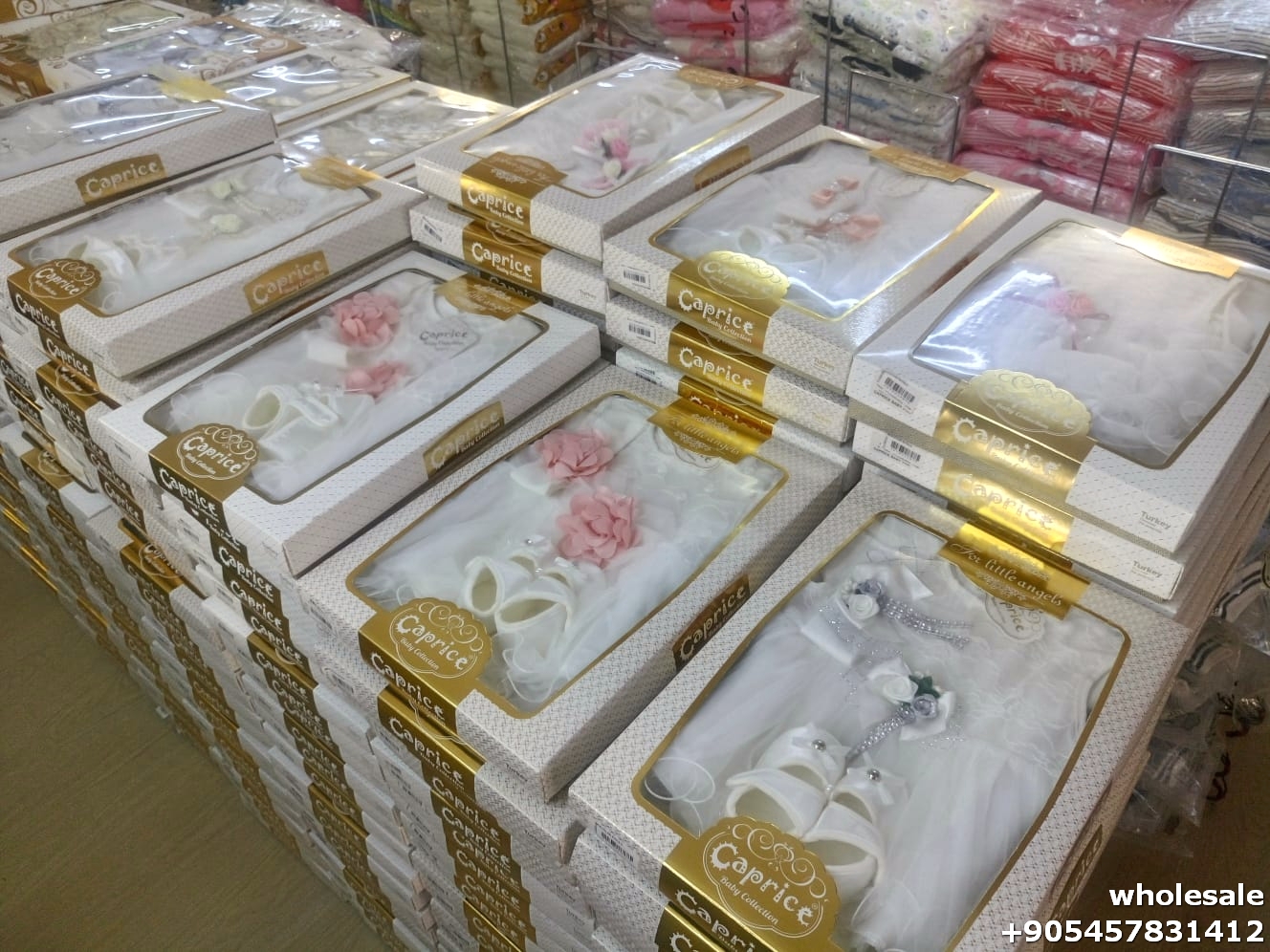
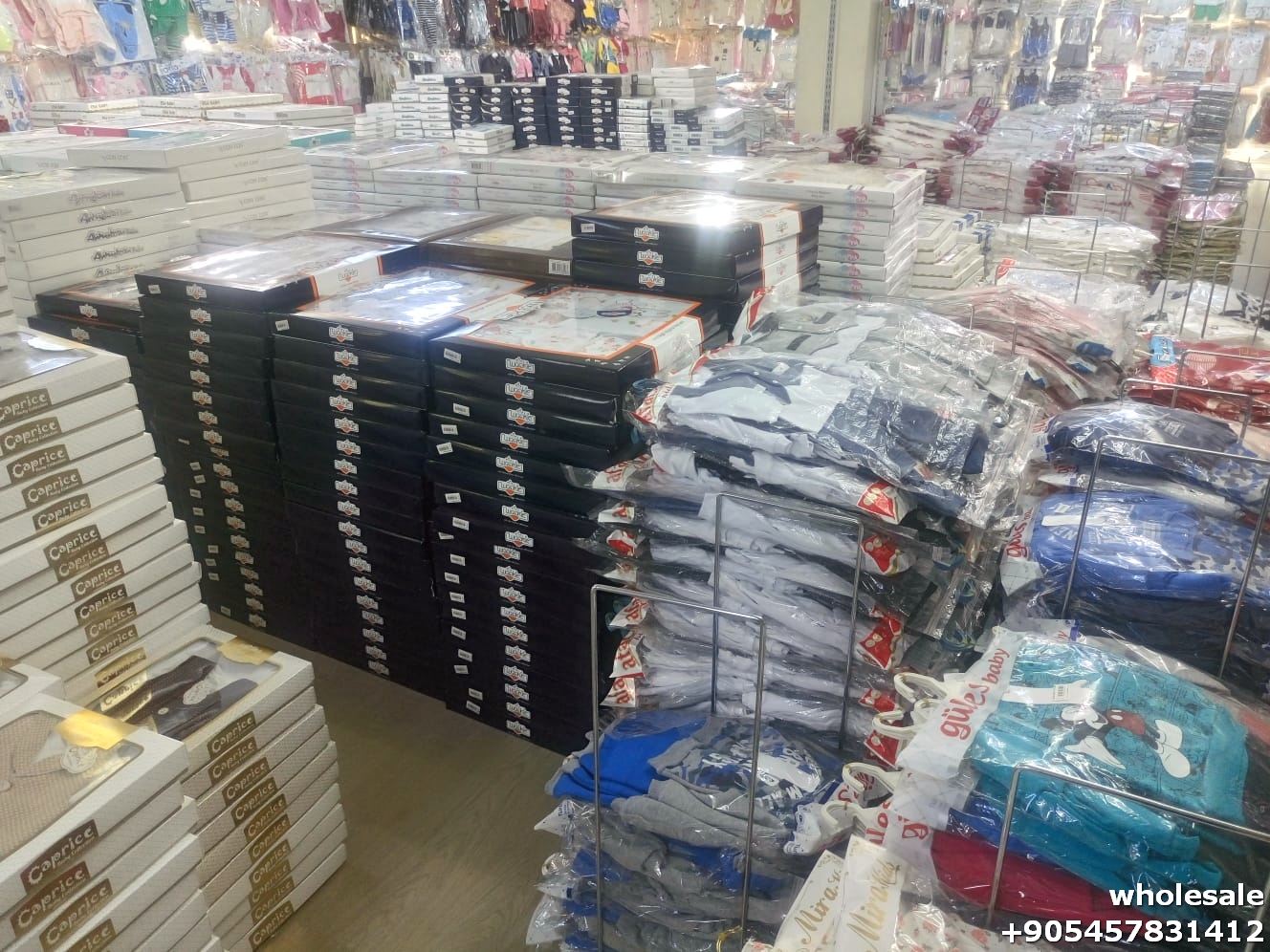


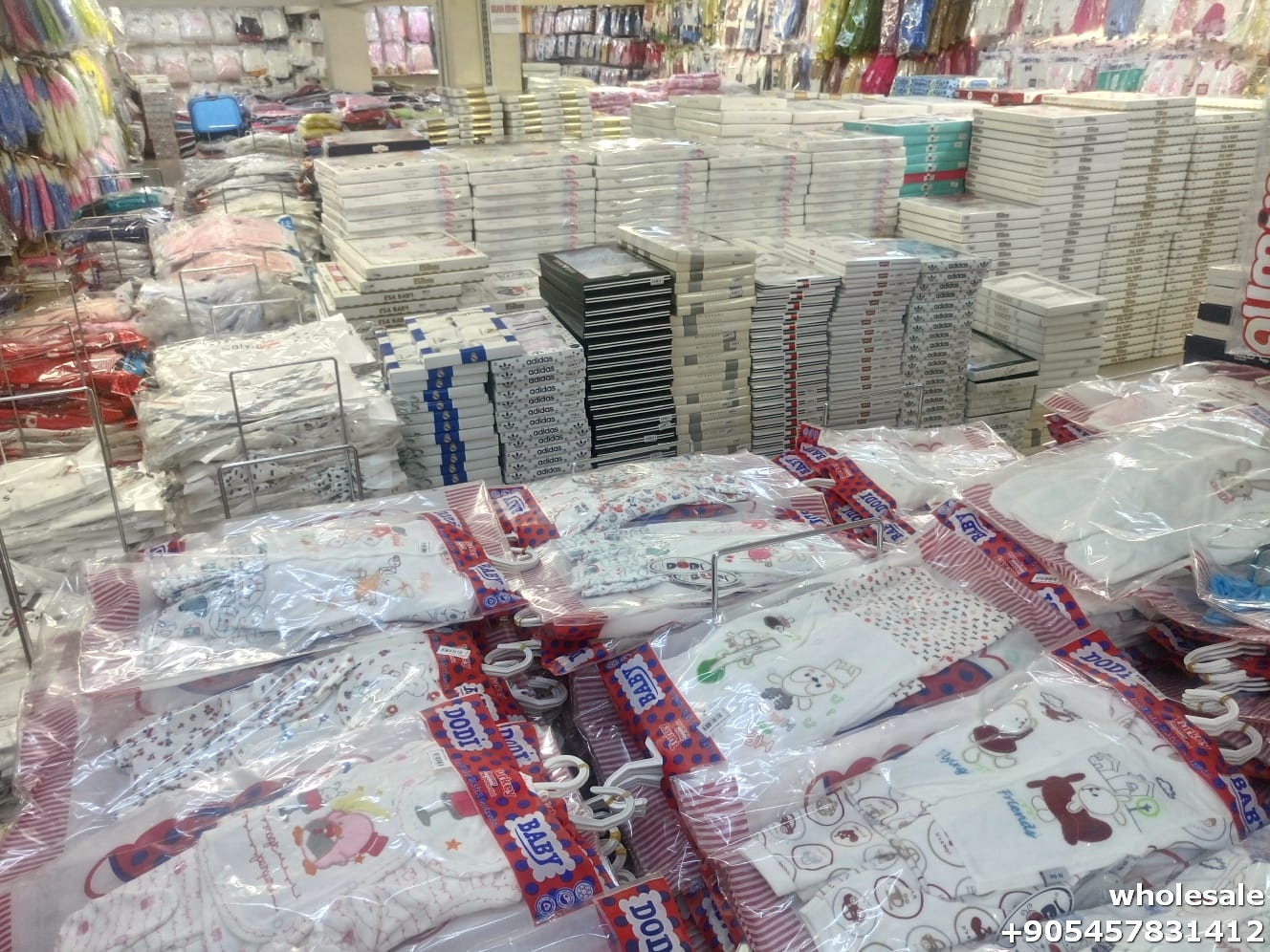
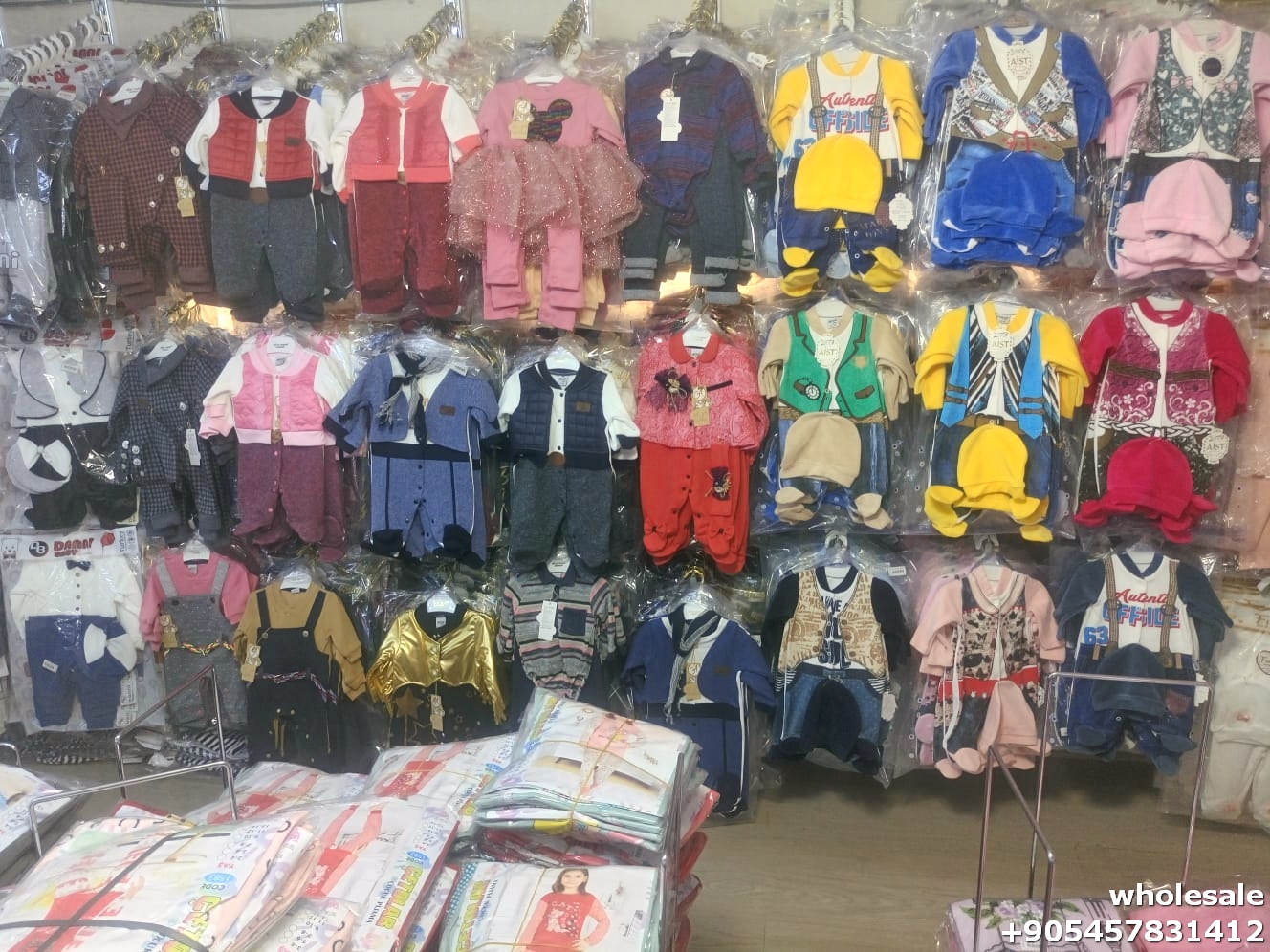
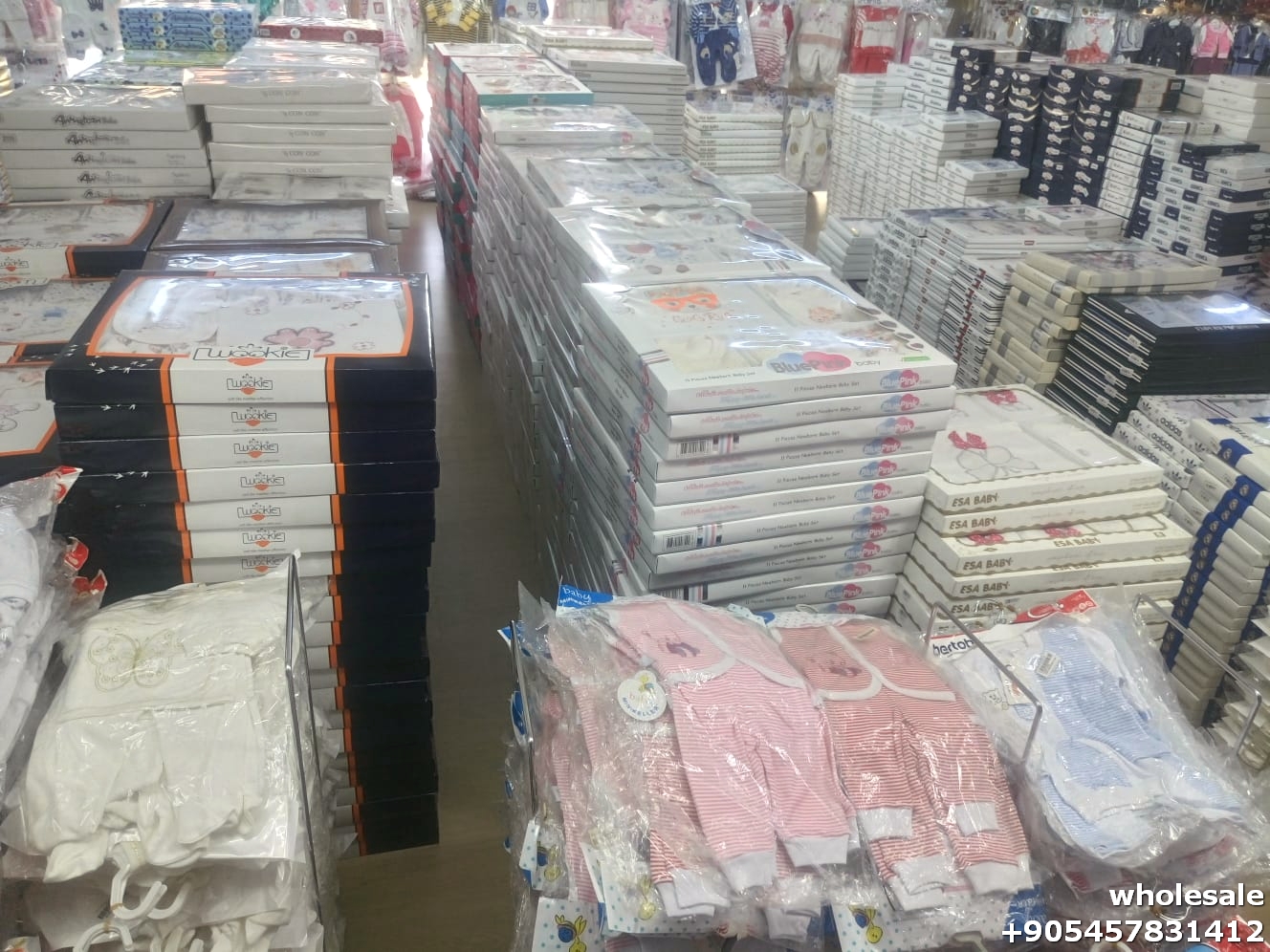


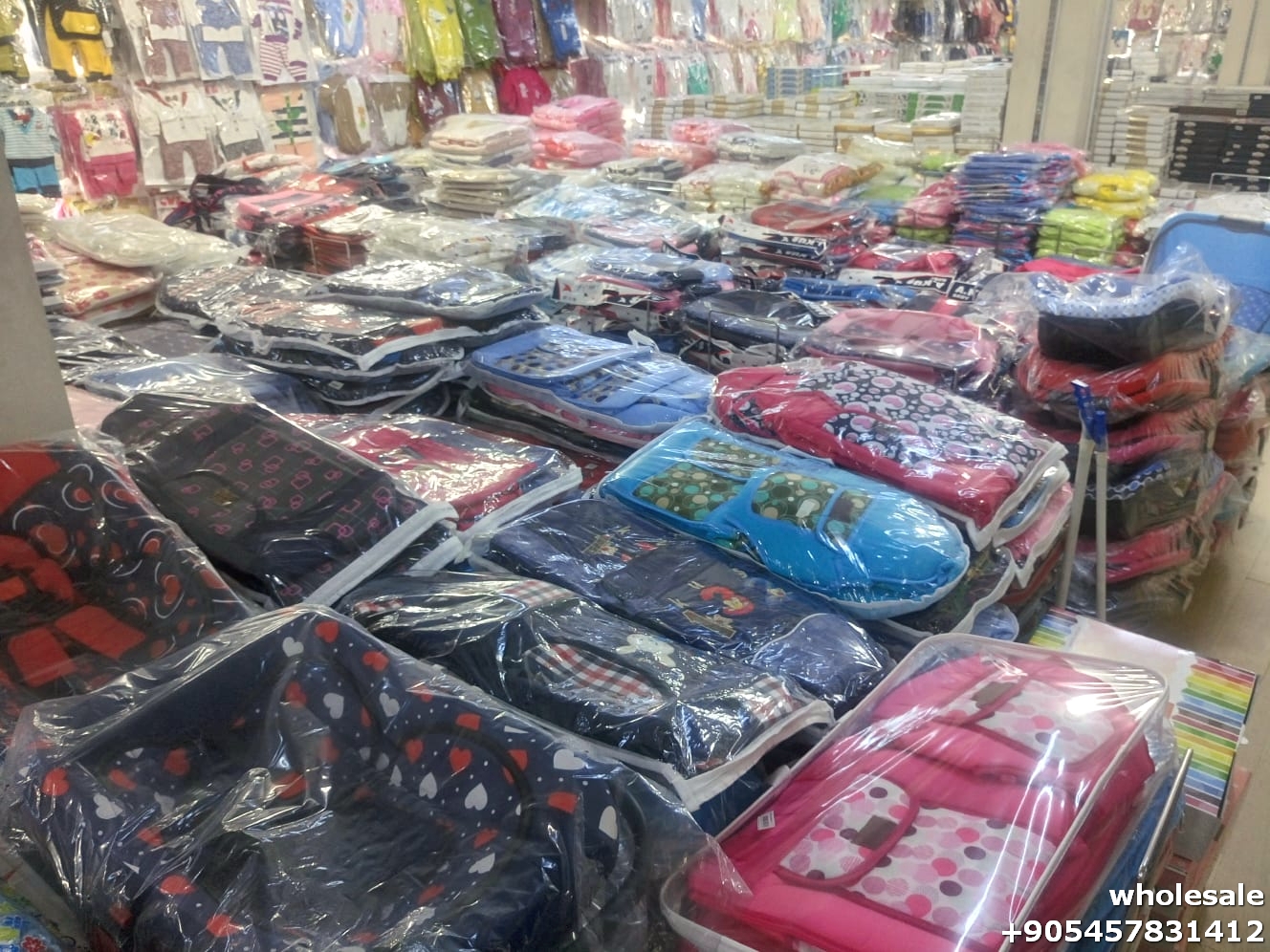
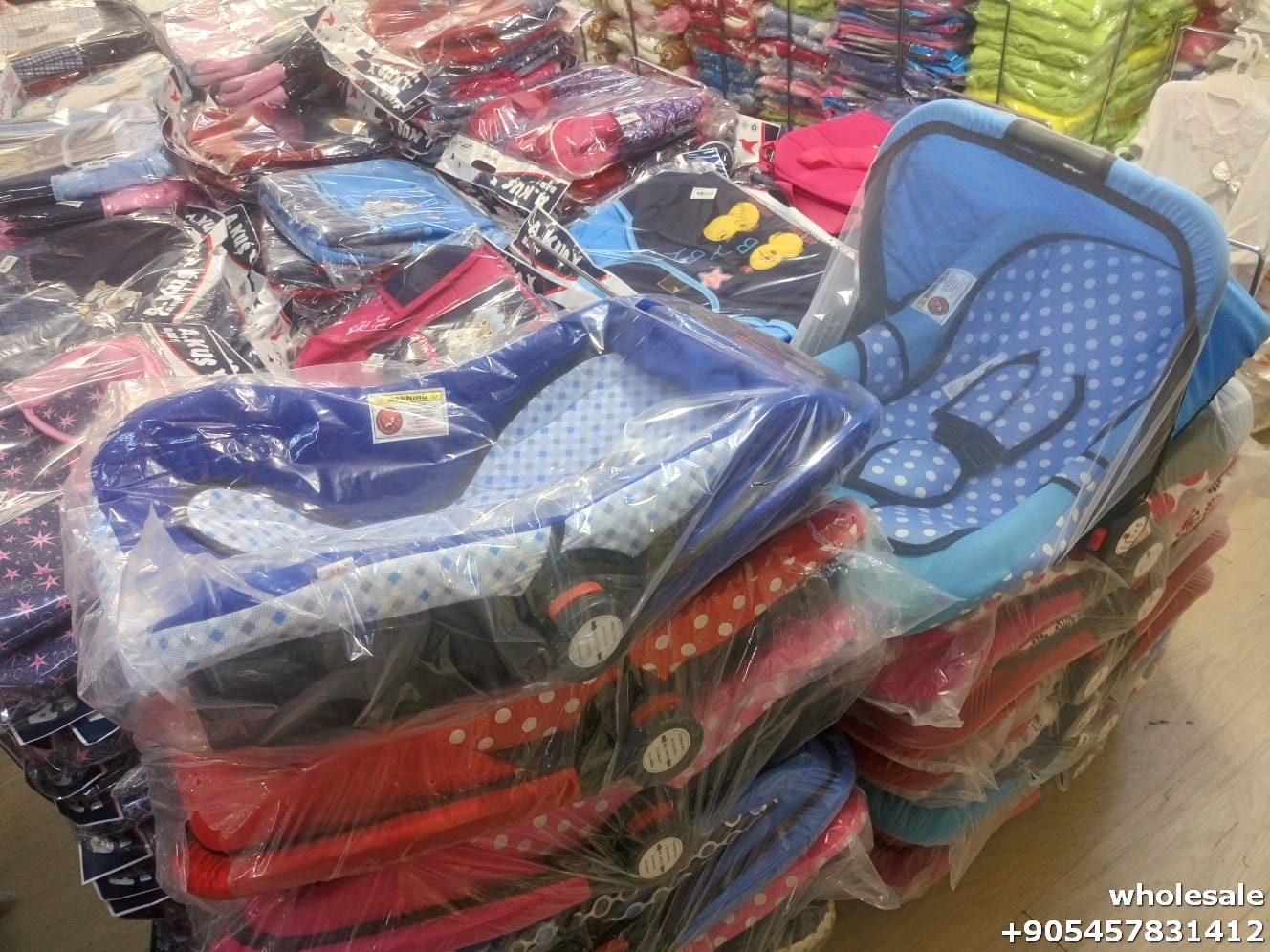
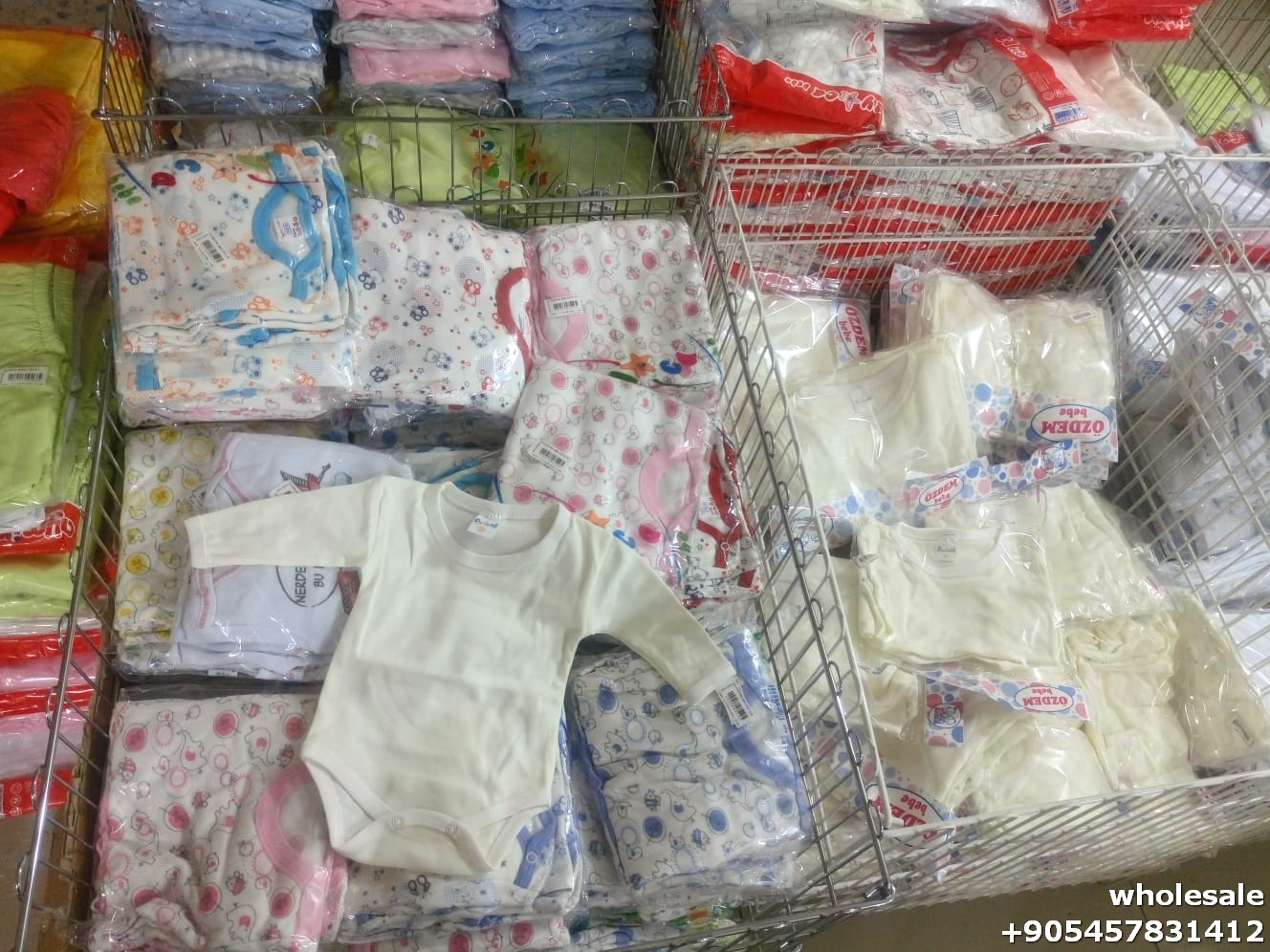

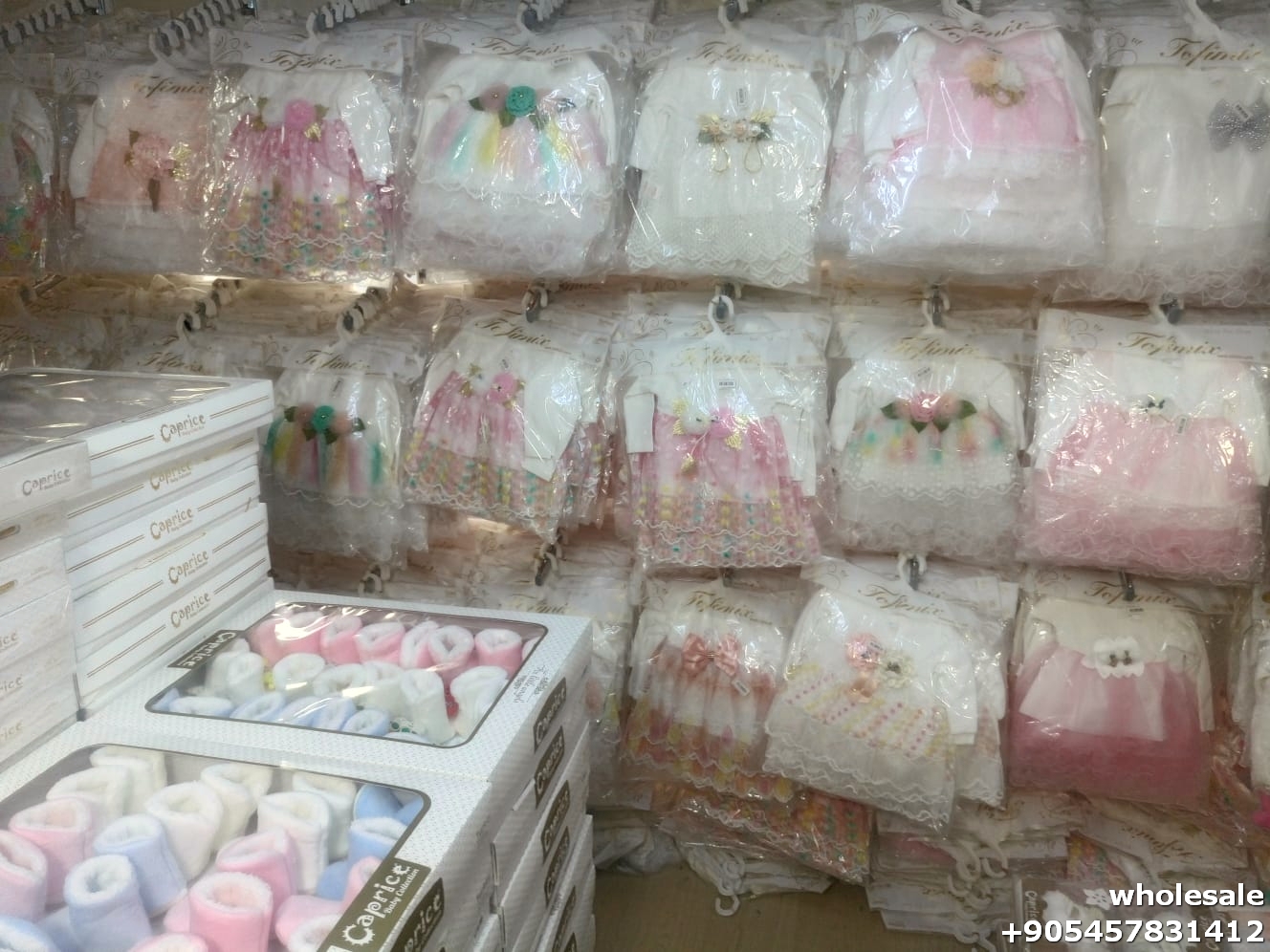

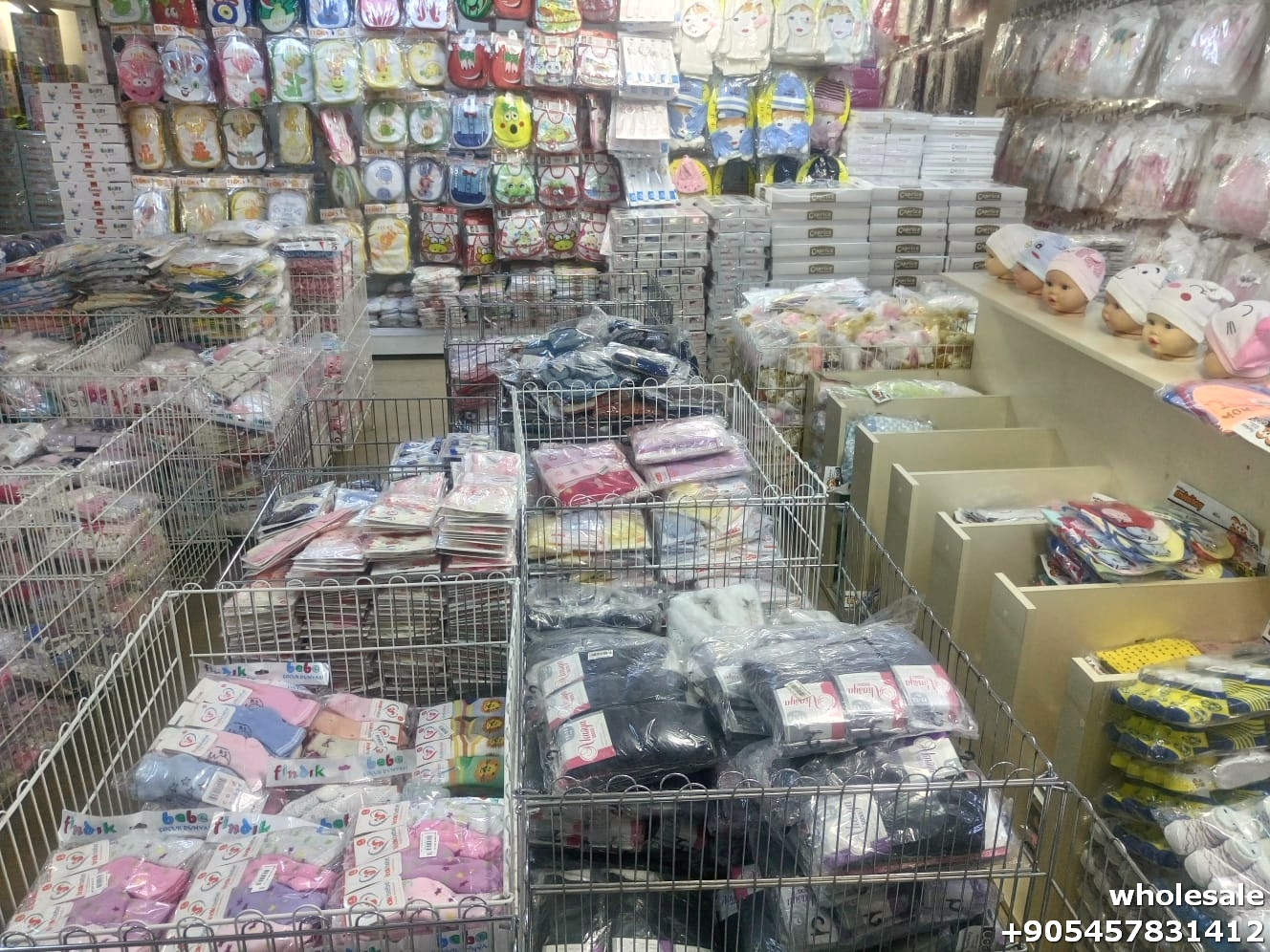
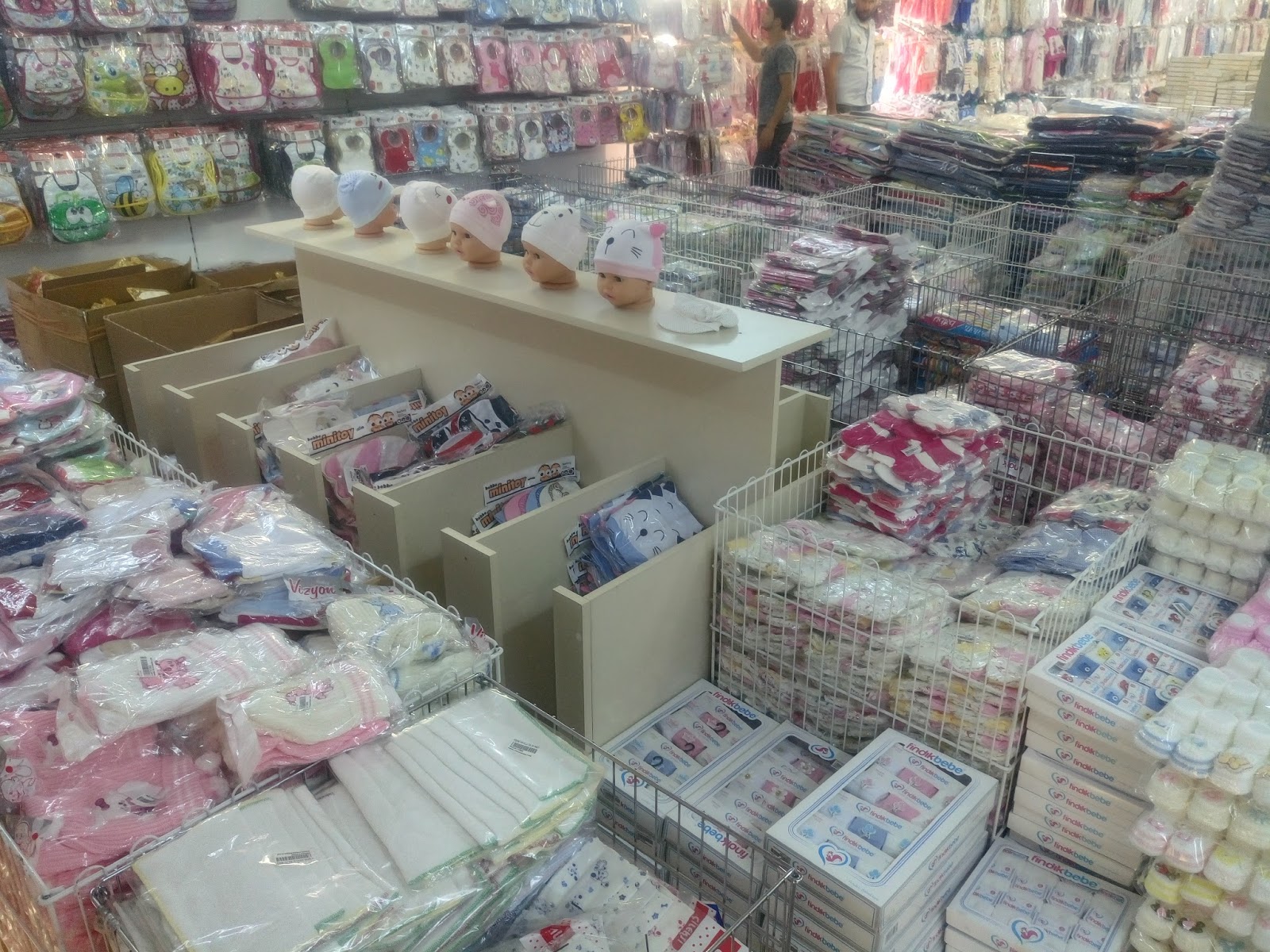
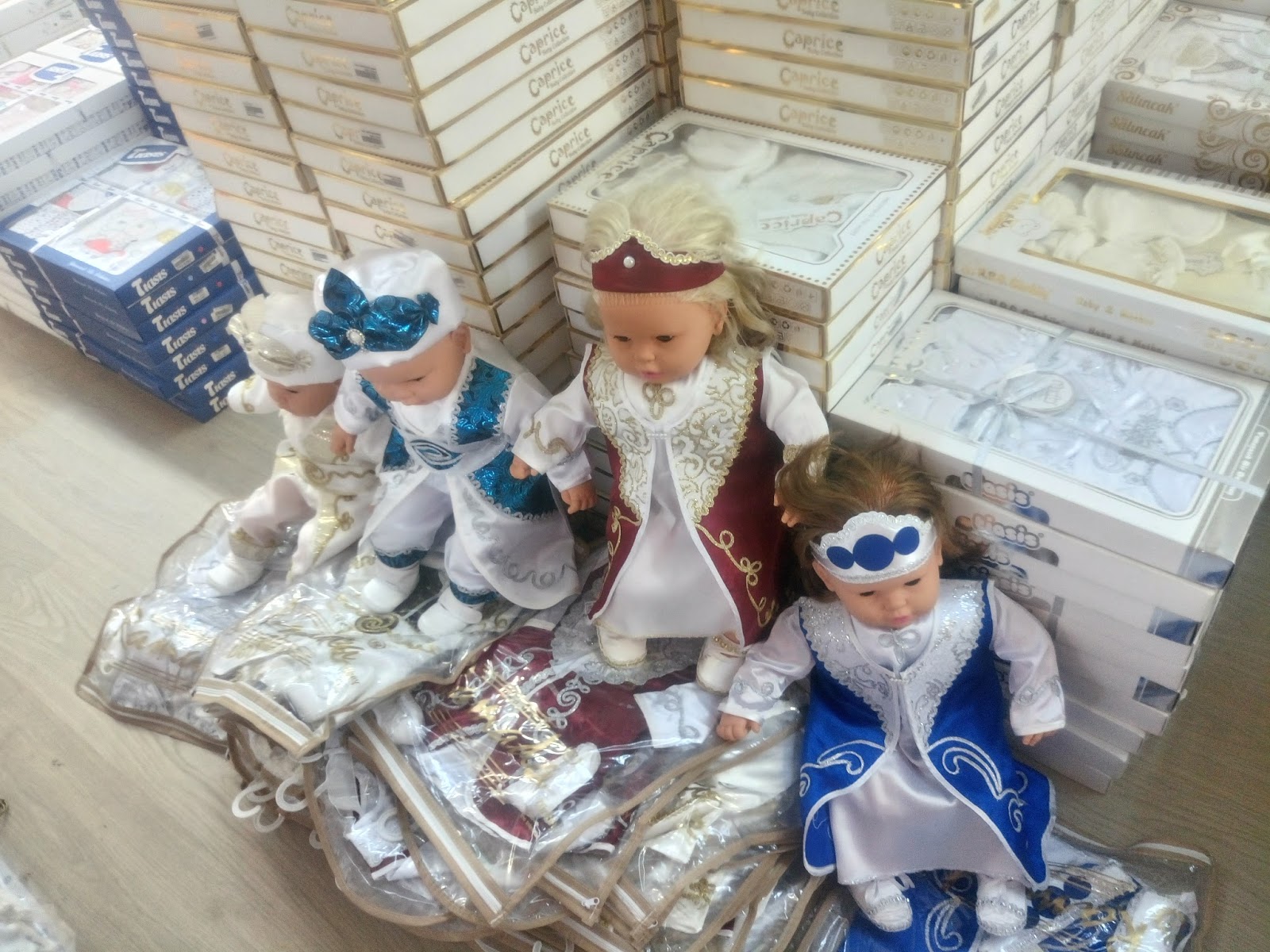
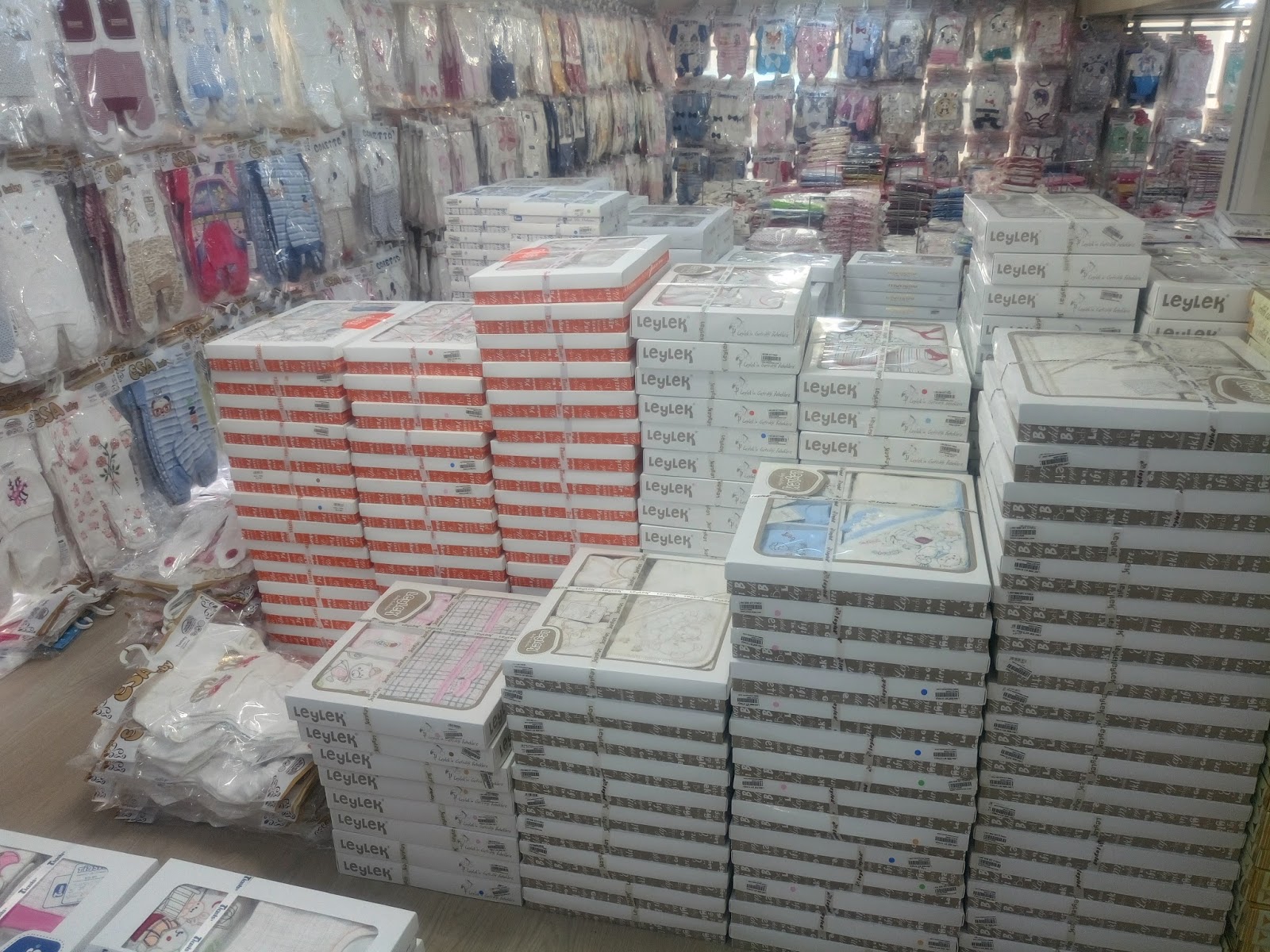
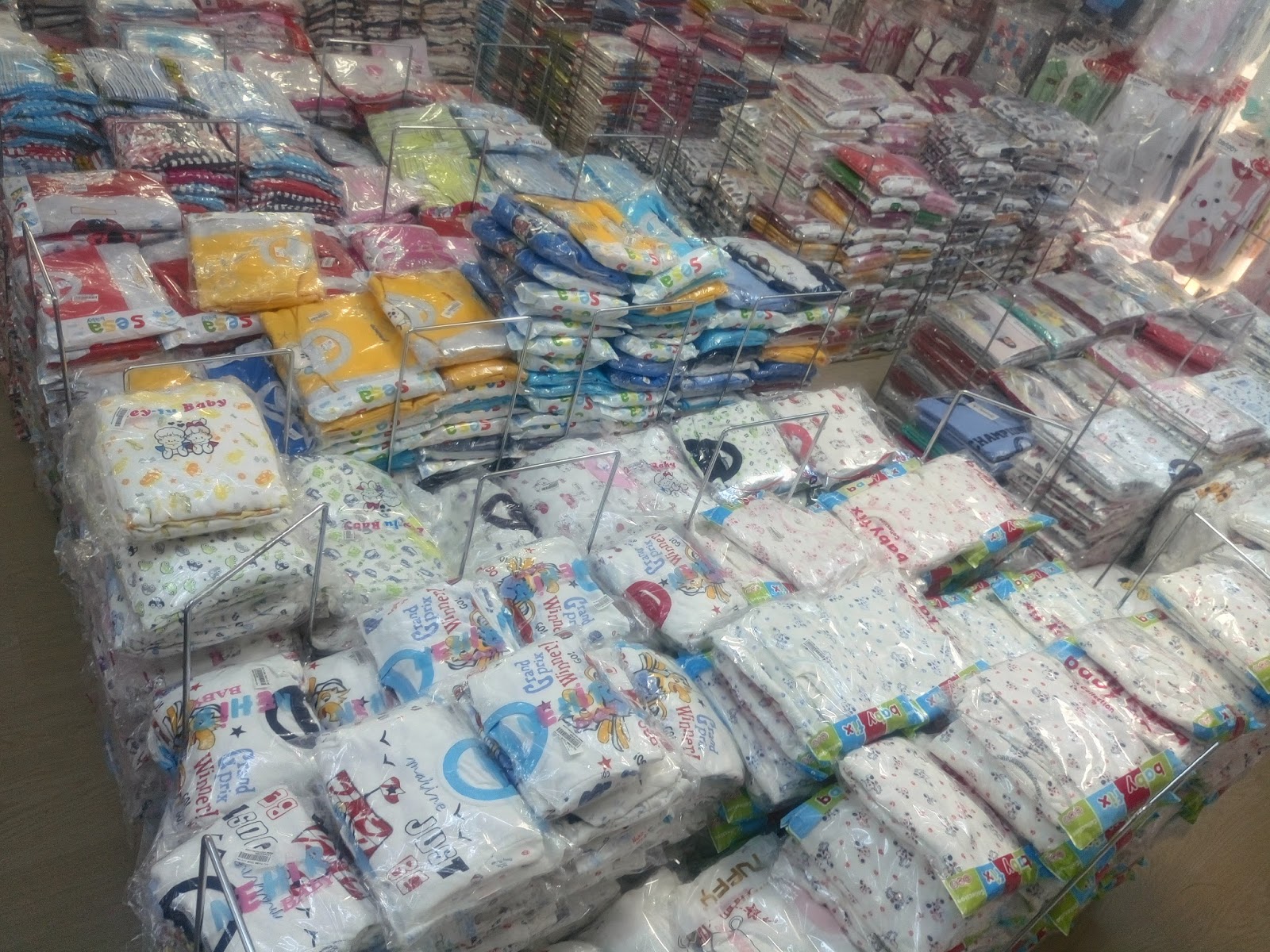












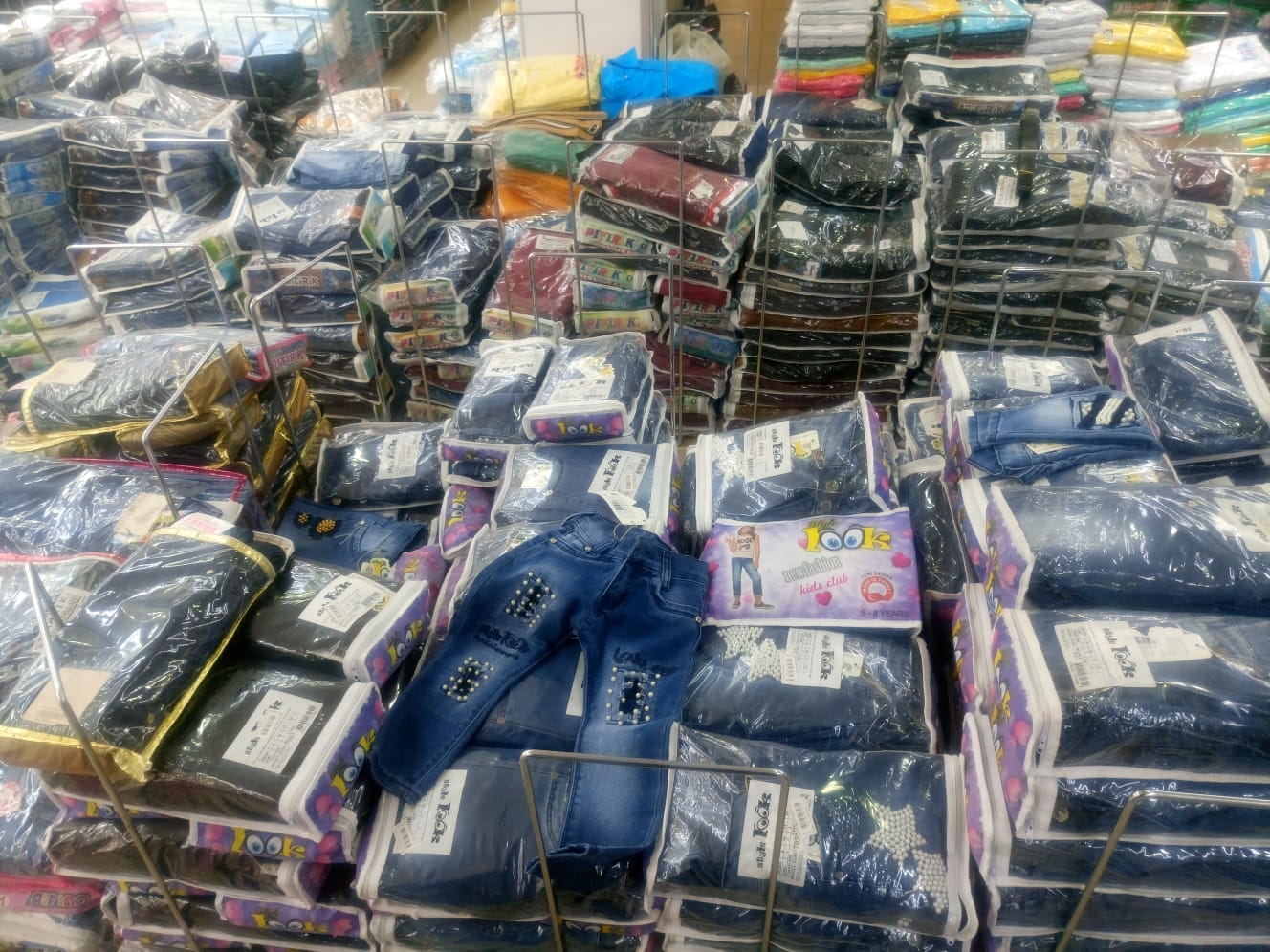






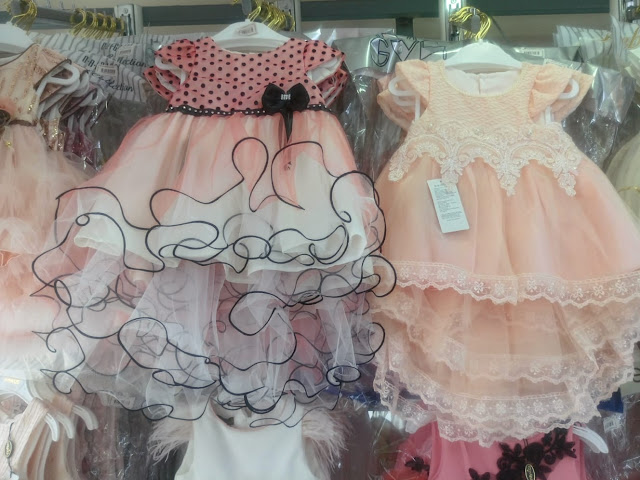








No comments:
Post a Comment
Note: only a member of this blog may post a comment.